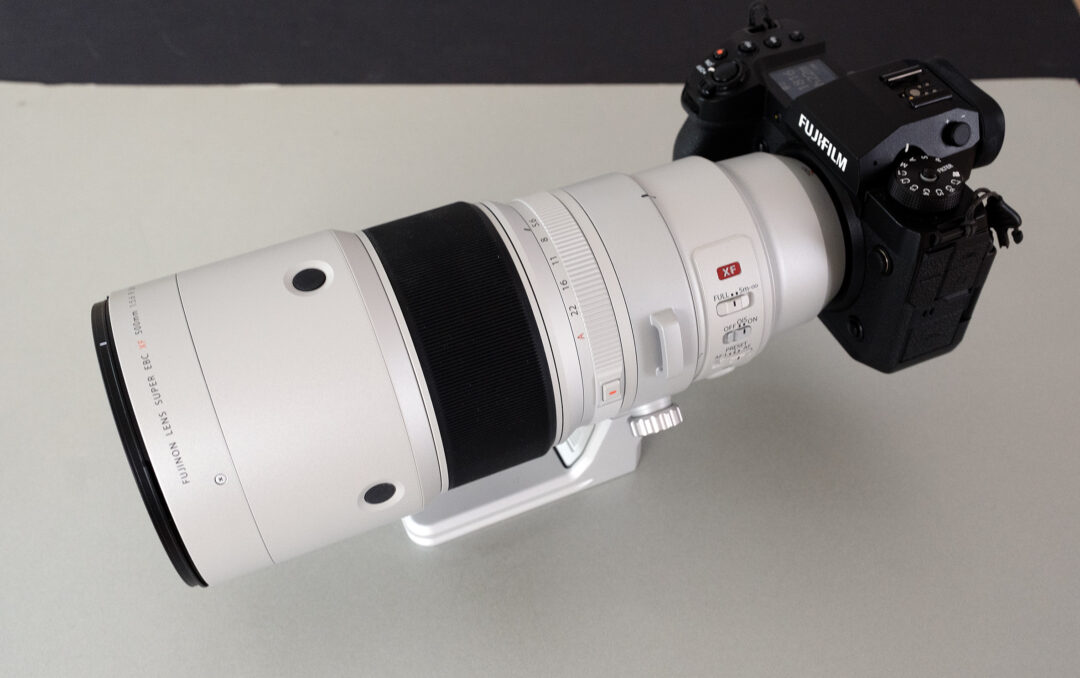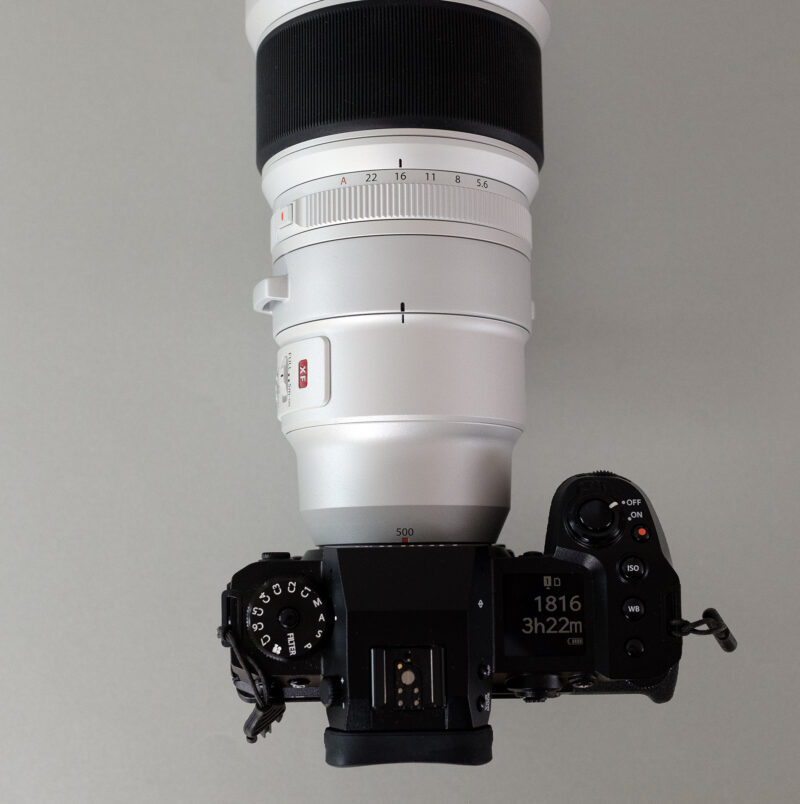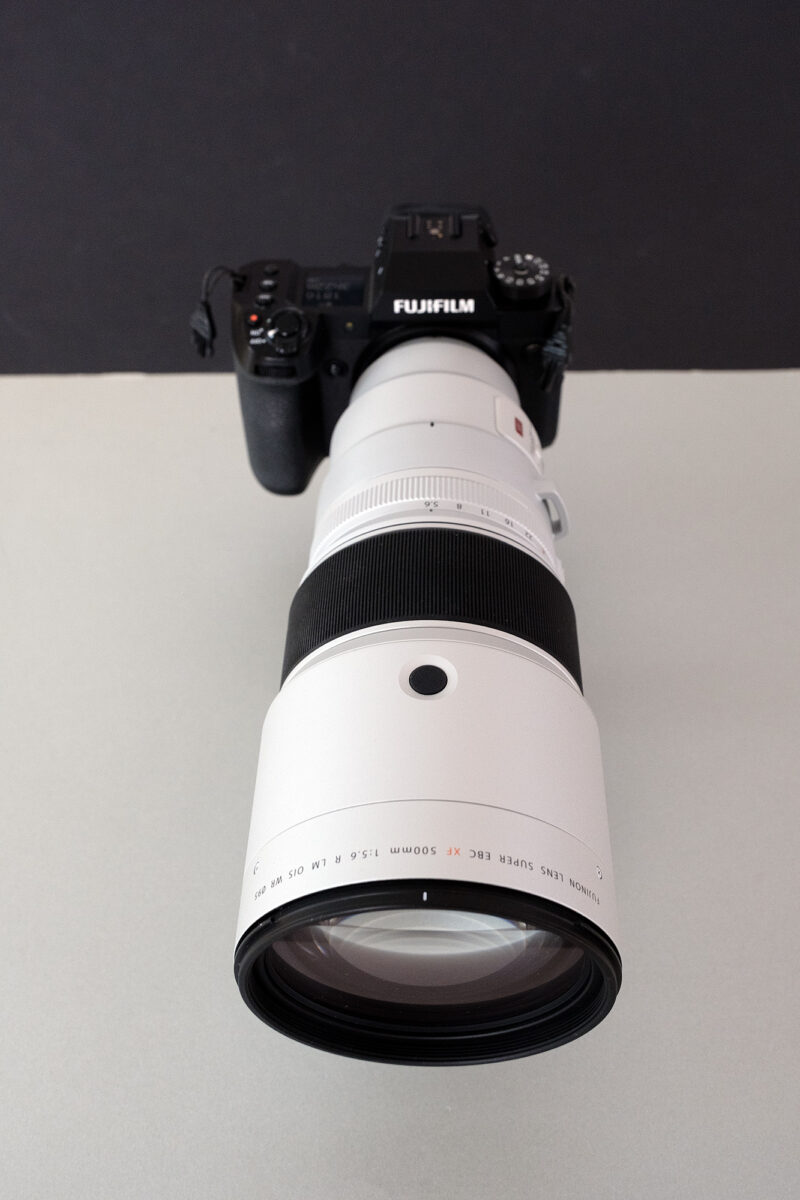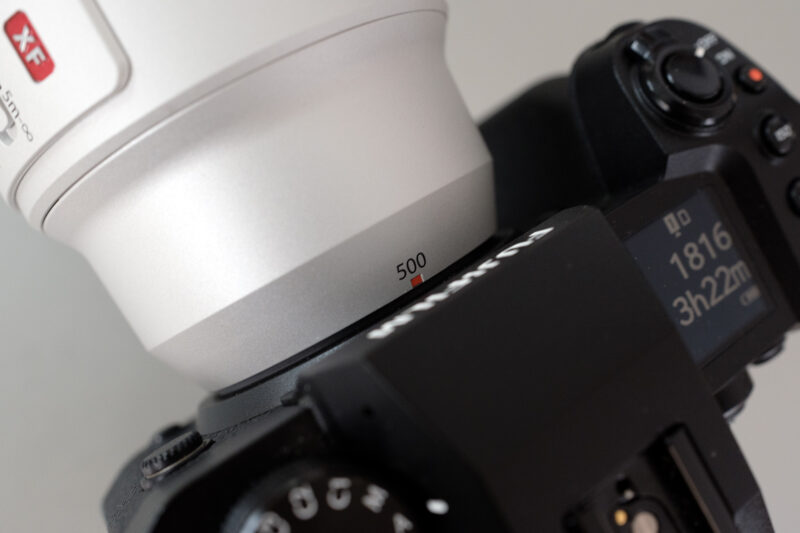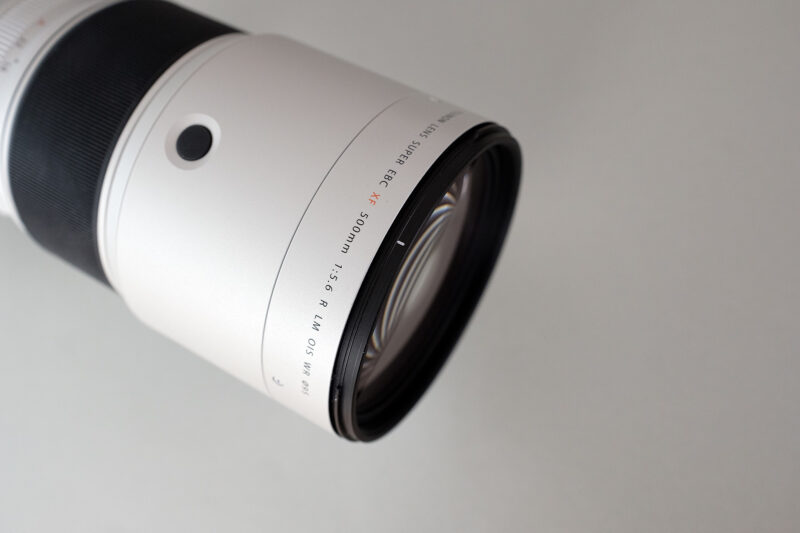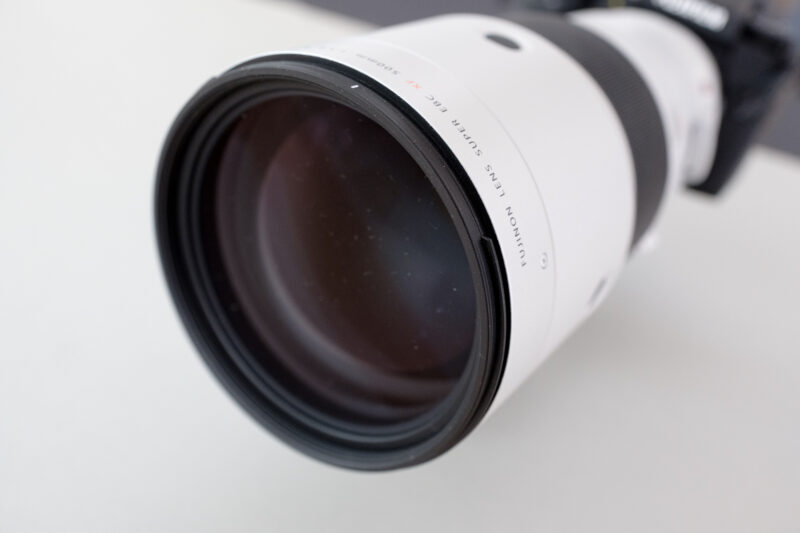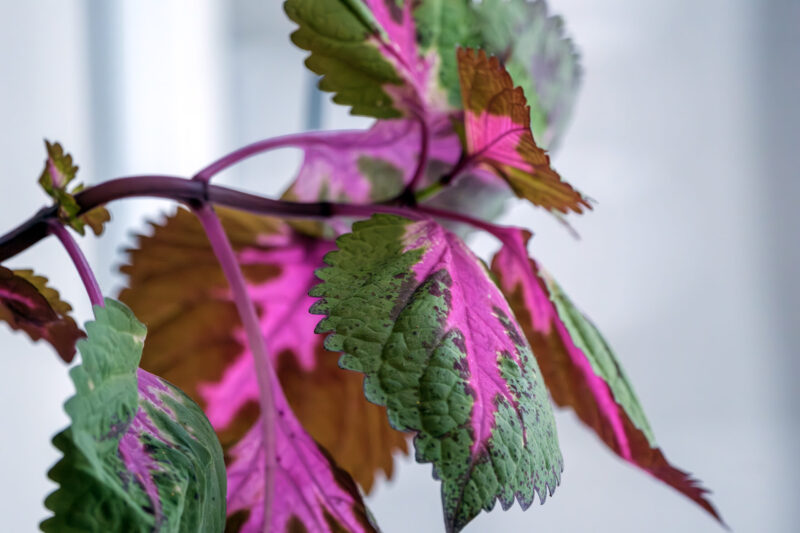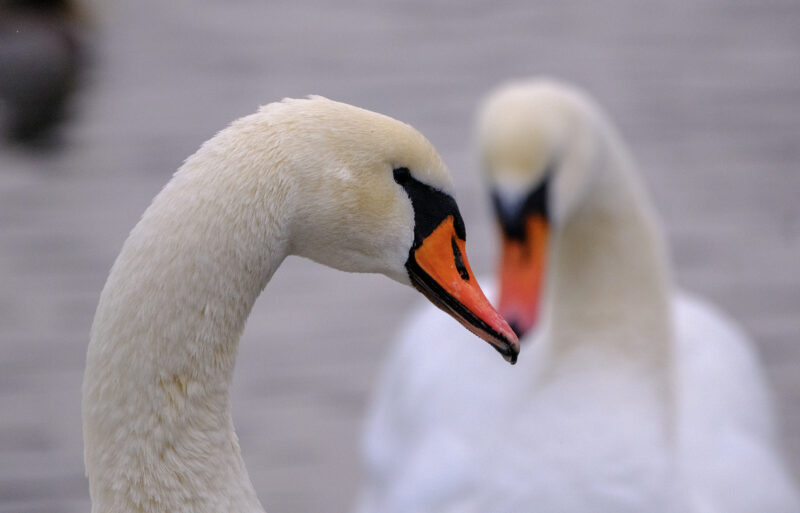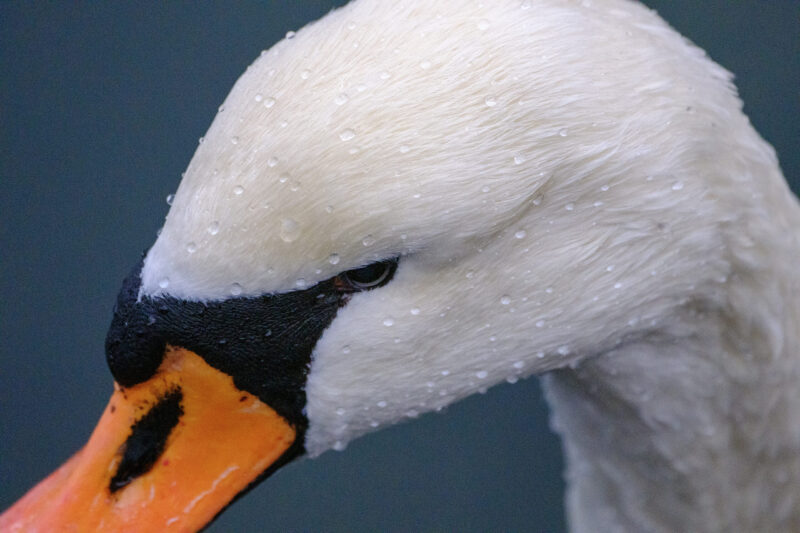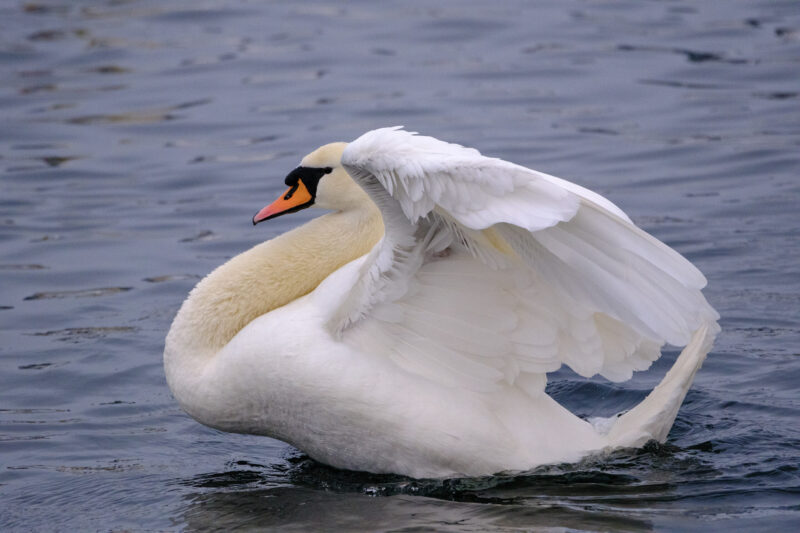If it’s true that the demand for long telephoto lenses is only increasing, it’s no wonder Fuji film is launching a 500mm telephoto lens. It’s a focal length they haven’t had in their catalog, and photographers looking for equipment for bird photography, for example, have had to find it from other manufacturers. The closest Fujifilm has come is an expensive and heavy 200mm f2 and more recently a 150-600mm zoom. With brightness f5.6 to f8.
As you can see, there is a gap here, which is largely filled by the XF 500mm f5.6 R LM OIS WR. The focal length is equivalent to 762mm on a full-frame camera, which is more than enough to capture images of birds. Or other wildlife.
If you need even more range, you can add a 2x teleconverter and double the focal length. And halve the brightness. Something that presents some challenges that good light and a tripod will largely solve. But you’ll still end up with low brightness, and reduced light transmission will also present challenges for the focus accuracy of the lens.
Normally a 500/5.6 means a big and heavy lens, but the Fuji lens weighs only 1.33 kg and is 25 cm long. Plus a lens hood.
The Fujifilm XF 500mm f5.6 is made for Fuji’s 40 Mp image sensor cameras, the X-H2, X-T50 and X-T5, and the lens should also be able to handle high-resolution video shooting in 8K.
On a Fujifilm X-H2, the lens fits comfortably in the hand and weighs no more than two kilos. A detachable tripod mount with integrated Arca Swiss plate can act as a carrying handle when transporting the lens. It has an aperture ring, a focus ring and programmable buttons. On the side it also has switches for focus mode, image stabilization and limiting the focus range from 5 meters.
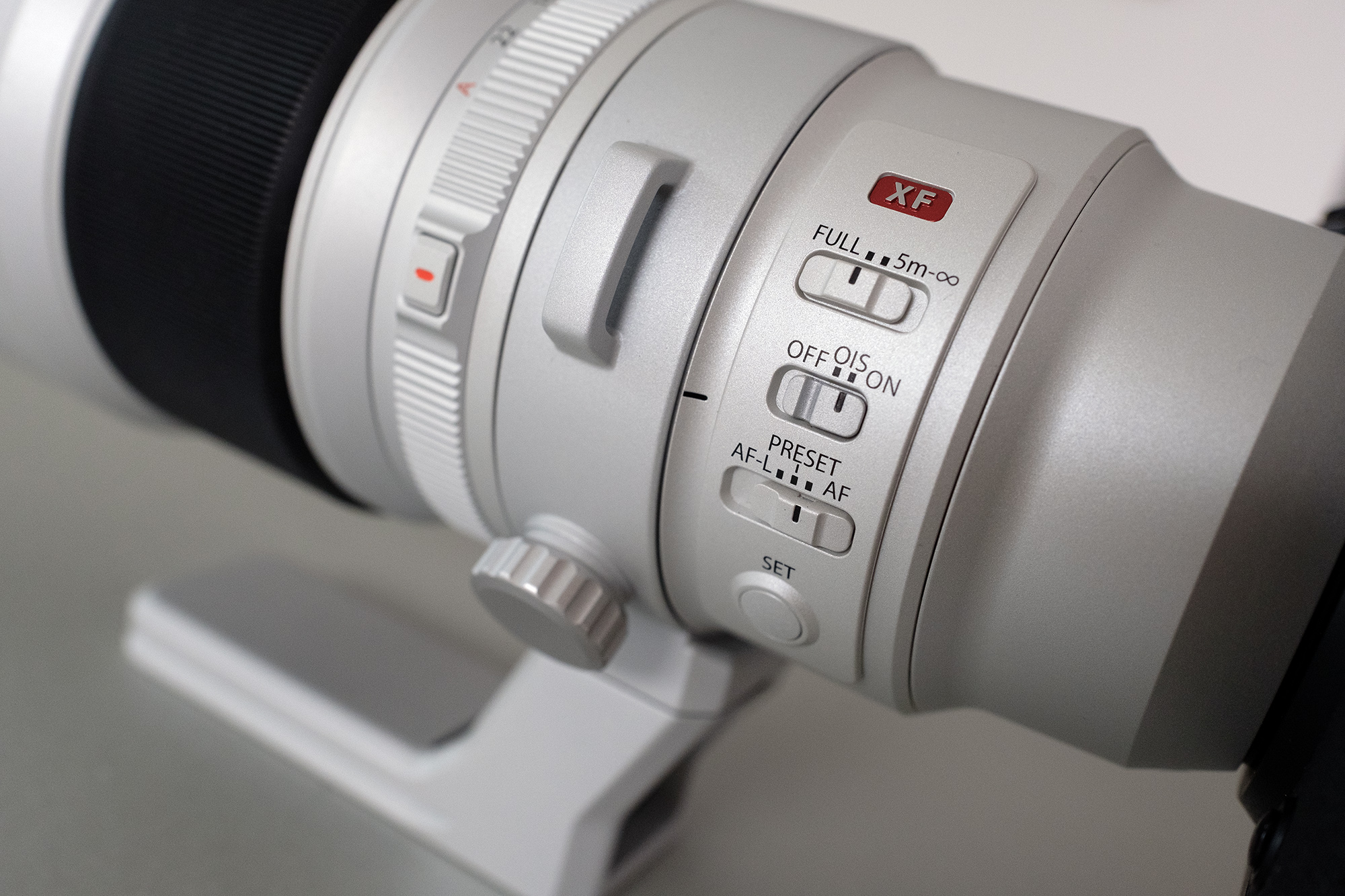
There’s also a strap mount on the lens, which is weather sealed and takes 95mm filters in front of a lens element coated with Fuji’s Super EBC coating. The hood has a handy hatch on the side for those who need to grab an ND or polarizing filter.
The integrated optical image stabilizer covers 5.5 exposure steps and the focus group is controlled by linear motors.
Focus precision
There’s a lot of glass here. 21 lens elements are divided into 14 groups, including Super ED and ED glass for consistently high sharpness at all apertures.
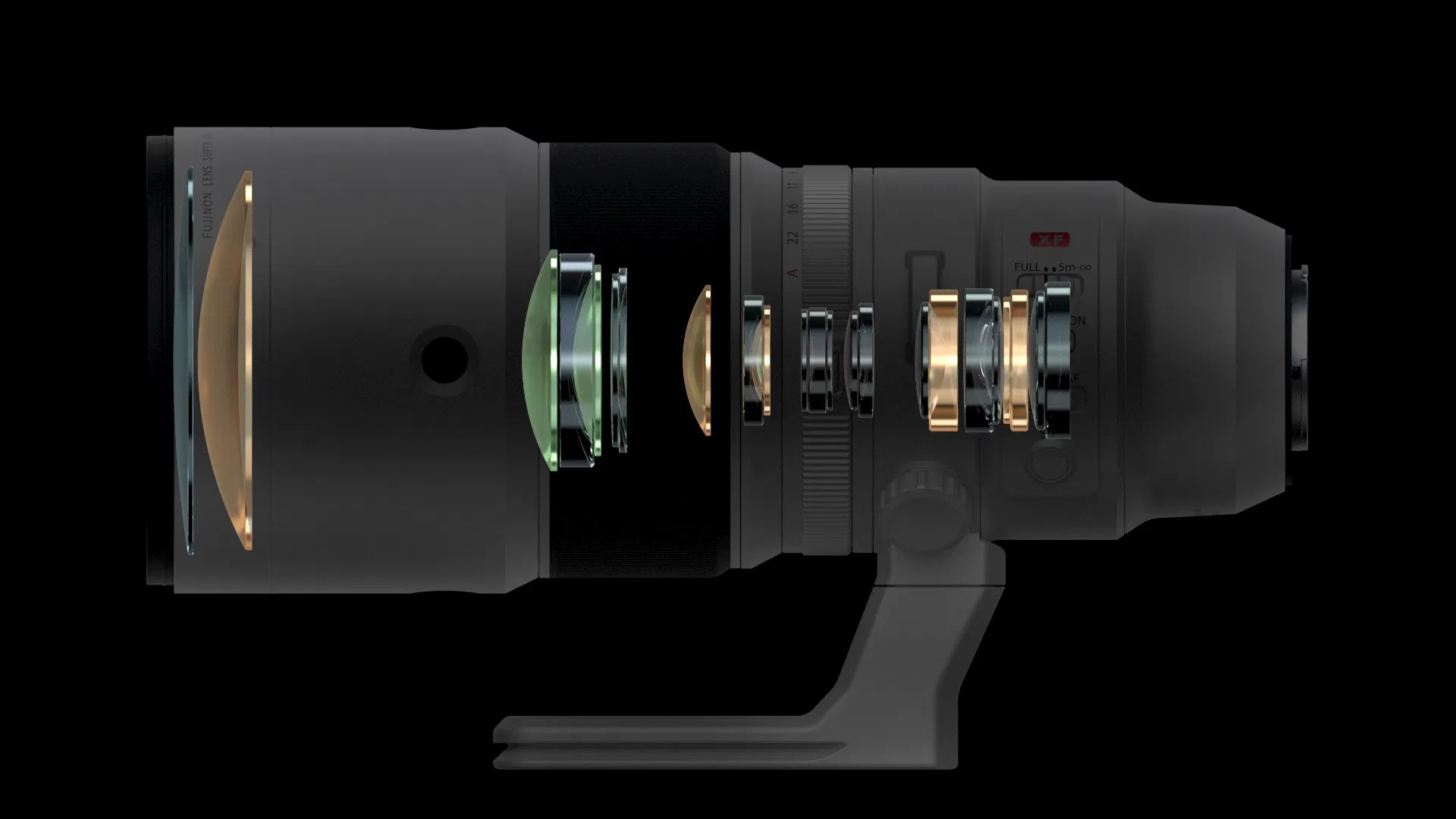
That in itself isn’t worth much if you can’t hold the lens still when you press the shutter release. If you’re shooting handheld, the image stabilizer is important for sharpness, but panning with such a narrow focal length is a big challenge. The angle of view is so narrow that the bird quickly disappears from the viewfinder when panning. The camera must be set to follow focus and you must select bird in the focus menu. I recommend selecting a wide field of view and preferably maximum tracking sensitivity in the menu.
But it’s not always the case that you need follow focus and maximum shooting speed. In that case, put the camera on a tripod and select either manual focus or single focus. Then it’s just a matter of snapping away.
It quickly became apparent that autofocus is fast and accurate, it’s only follow focus that’s a challenge. Fuji claims a focus response of just 0.33 seconds – measured with phase-detection autofocus on an X-T4 in high performance mode. On an X-H2 with the latest firmware (5.10), the lens locked focus immediately. The long focal length was rarely a problem as the image stabilizer kept the subject steady in the viewfinder.
And even in the viewfinder, it was possible to see that it resulted in sharp images.
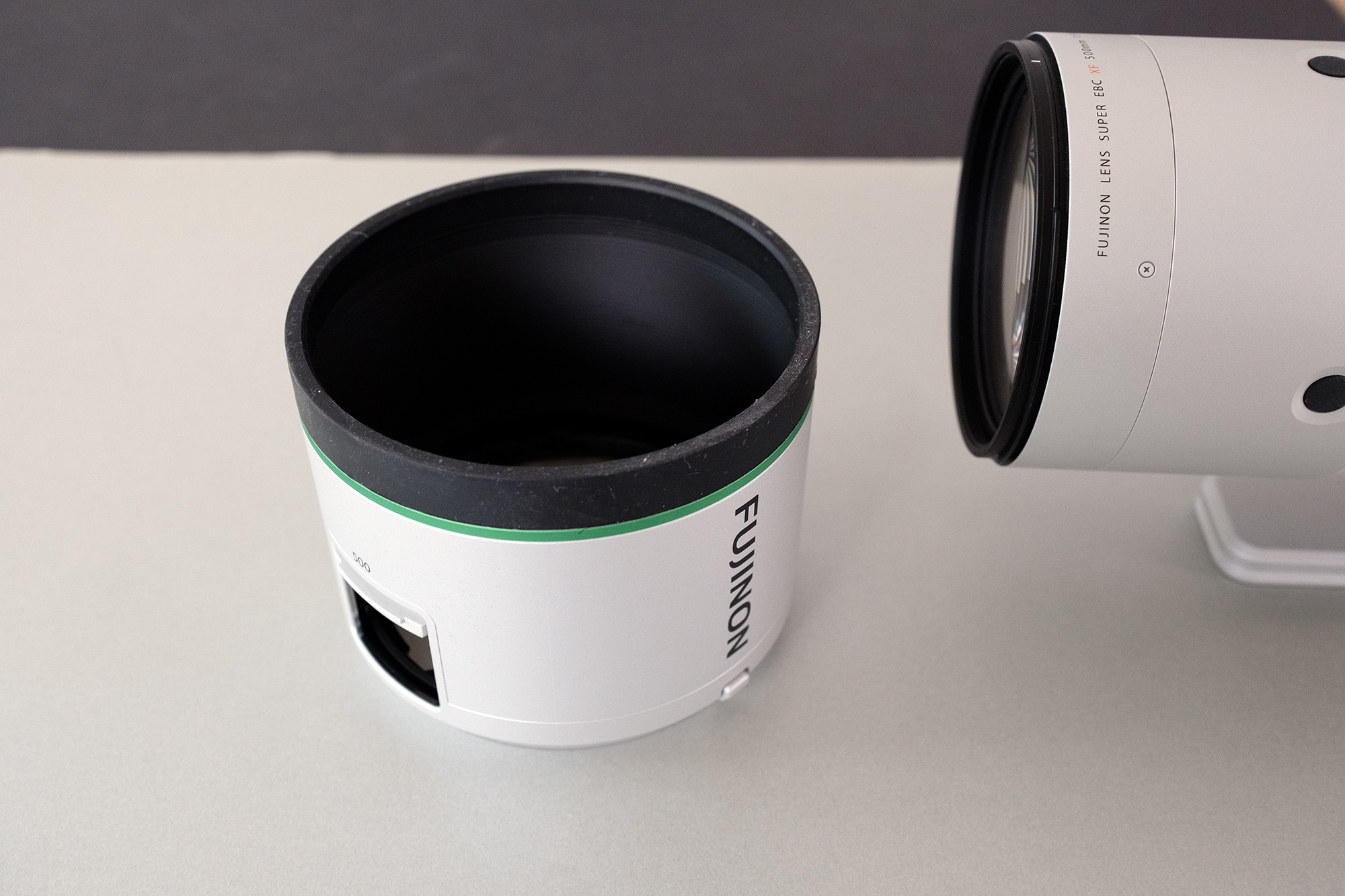
Optical sharpness
There is no doubt that Fuji has succeeded with the Fujifilm XF 500mm. The optical performance is excellent for such an extreme telephoto lens, with consistent sharpness, minimal distortion and no visible loss of light in the corners – vignetting. Sharpness is good already at aperture 5.6 and even up to f16. But the difference is marginal and luckily the lens is not sensitive to ghosting or stray light.
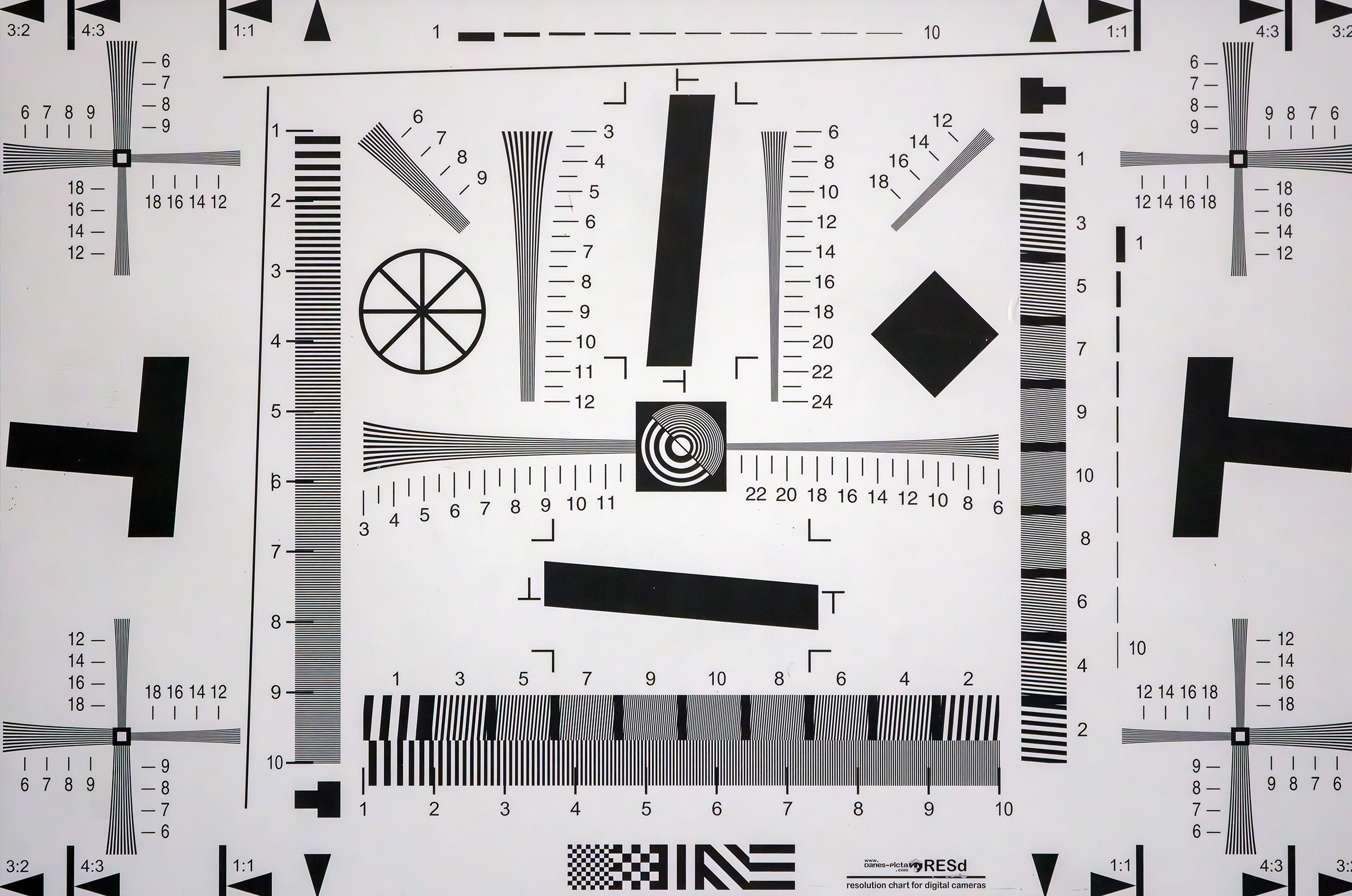
The 500mm can hardly be called a portrait lens, but it can indeed be used for macro shots. At least to a certain extent. The close-up range of almost three meters is a significant limitation, but with 500mm (762mm) at your disposal, you can get close to birds. But also flowers and plants in nature near and far.
I’m not sure I would choose the 500 for sports. The angle of view is too narrow for most sports and the brightness clearly limits indoor sports photography, but for wildlife and nature it’s perfect.
Conclusion
The Fujifilm XF 500mm f5.6 is not only an extreme telephoto, it’s also the only alternative available above 200mm in Fujifilm’s catalogs. That’s not counting telephoto zooms like the XF 150-600mm and 100-400mm.
The compact XF 200mm f2.0 is a better choice for sports, especially indoors, and an XF 300mm f2.8 would be a welcome compromise between the short 200 and the extreme 500. Which covers the same area as a 305mm and a 762mm telephoto for full frame. A 300mm midway between them would cover 457mm.
But back to the Fujifilm XF 500mm f5.6. As a telephoto lens, primarily for Fuji photographers who have missed a lens suitable for bird photography, it is close to perfect.

We think
Consistently high sharpness and marginal distortion and vignetting. Compact and lightweight for a 500. Panning with follow focus can be a challenge.
3599 €
Specifications
- Type: Telephoto lens
- Focal length: 500mm, 760mm in 35 format
- Aperture: f5.6-22
- Mount: Fujifilm XF
- Image stabilizer: Optical 5.5 steps
- Close-up range: 2,75m
- Filter diameter: 95mm
- Lens elements: Total 21, 14 groups
- Dimensions/weight: Ø 105 mm, 255 mm, 1335 grams
- Other: Solar blender, weather sealing, aperture ring, Arca-Swiss plate
- Web: fujifilm.com
